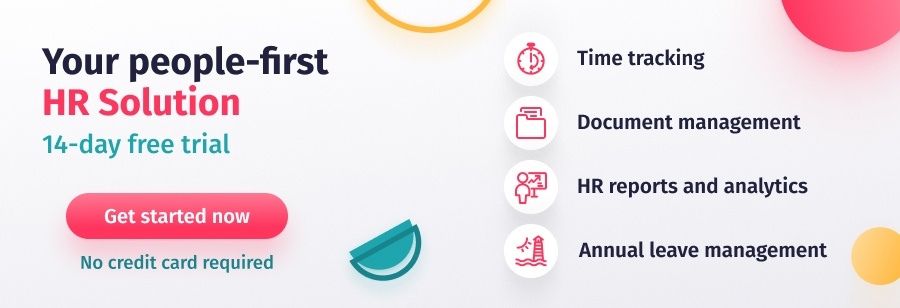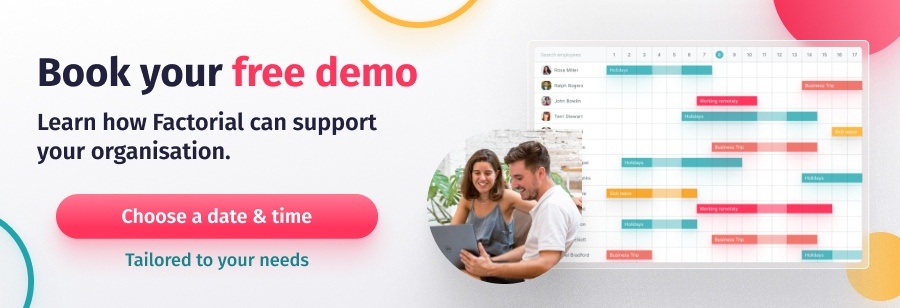No minority in history has ever impacted change without the support of the majority. While women aren’t in the minority in the workplace, they are in positions of power within specific industries. True cultural change needs everyone involved; research by BCG proves this, showing that 96% of companies that actively engage men show progress in inclusion and diversity, while only 30% show progress when men are not involved.
Yet most businesses continue to struggle to engage men with inclusion and diversity. Our own data (UK only) revealed that only 48% of men felt that they had to show active engagement in I&D despite it being relevant to their career, and only an average of 44% of men are active allies in the workplace. More worryingly, IPSOS data earlier this year highlighted that 53% of men in the UK believe we have gone so far in promoting women’s equality that we are discriminating against men. These numbers are no more promising in other markets.

The best way to describe the challenge that we are currently facing is this story that was told to me a few year back by Deborah Rey-Burns, founder of Propela:
“A female fish swims up to two male fish swimming in the river and says “Morning chaps. How’s the water today.”
The male fish responds, “What water?””
The problem is this: when you have spent most of your career in the ‘in-group’ (as I had done until perhaps 6 years ago when I launched an I&D consultancy), you simply don’t understand what it feels like to be excluded. And you certainly don’t recognise the need for cultural or behavioural change. Men might tell themselves: my management or leadership style has worked for years, why would I change it now?
So how do we shift this mindset and empower men to transition from confidently unconscious to agents of change?

Well, we use a simple model to ensure that we take men through this process step by step. The journey is made up of 3 key stages:

Of course, the journey’s length will be different for each individual. You should implement the three stages concurrently to ensure everyone is engaged.
Deploying a combination of the three should maximise your impact, but tread carefully here. If you immediately try to recruit someone who is confidently unconscious without the support and inspiration they need, they are likely to reject the advance or be performative in their allyship. By supporting men and inspiring them first, you’re more likely to engage them as they’ll see first-hand how inclusion benefits everyone.
To help get you started, here are 6 things you can start doing immediately:
SUPPORT
Find out what the men in your organisation need
You won’t fully understand the issues your employees who identify as men are struggling with until you actually ask them. You can do this with male-only listening circles or a survey targeted at your male employees.
Launch a father’s support group or a men’s circle
When we ran an event called Fathers in the Workplace, we were told we were mad and that no men would turn up. What ended up happening? We nearly filled an event with 180 people, 80% of which were men having conversations about fatherhood in the workplace for the first time.
Fathers are in dire need of support, and we’re seeing the creation of more internal groups for men as a result. Alternatively, you could create a regular men’s circle to provide a platform for men to share their struggles and get the mental health support they need.
Join our free Token Man Fathers panel here to hear more about fatherhood in the workplace.
INSPIRE
Make inclusive leadership coaching a core pillar of your I&D strategy
Cultural intelligence, empathy and vulnerability form the foundation of inclusive cultures. Yet so many leaders struggle with these qualities, especially men who find vulnerability difficult in their personal lives. Companies need to invest significantly in leadership training at every level of the business. However, there are two key watch-outs:
- Be wary of going with your standard leadership provider. If they have not yet integrated inclusive leadershipinto their overall training programme, this tells you everything you need to know. More importantly cultural intelligence, empathy and vulnerability simply cannot be taught in the classroom – you need to create experiences that help them feel and practice these skills themselves.
- Ensure that you integrate coaching into any programme. From my experience, male leaders really struggle with the change that is being asked of them and require long term support. As one CEO told me recently, “For the first time in my career I am not just being asked to be different at work, I am being asked to be different at home.” Coaching – and potentially therapy – will help to empower each leader on their personal journeys.
Implement co-mentoring for each of your senior leadership team
Co-mentoring is the process of matching your senior leadership team up with people in the organisation who come from historically marginalised groups. Some companies call this Reverse Mentoring, but I don’t recommend that title as it suggests all the value goes from the historically marginalised employee to the leader. Instead, I recommend you implement a programme that is mutually beneficial. It should provide the executive with insights into how exclusion presents itself while offering the employee a chance to accelerate their own career.
RECRUIT
Launch a Male Allies network
This is a quick and easy way to involve men who are already leaning into inclusion and diversity. Even though you are using gender to recruit men as allies, ensure that their allyship is intersectional. This means it should be rooted in supporting women and other historically marginalised groups. Also ensure that you provide relevant training to the allies so they’re aware of current issues and necessary changes.
Mark International Men’s Day in November
Inclusion is for everyone. While we celebrate International Women’s Day, it’s still important to mark International Men’s Day. If it’s the first time you’re doing it,I recommend you focus on mental health (SUPPORT). Beyond that, you might consider using it to recruit more men to become inclusive leaders, better allies and agents of change.
The challenge of engaging men with inclusion and diversity is perhaps the most critical one challenge we must overcome to create workplaces that are truly inclusive, equitable and diverse. The good news is that, of the men we surveyed for our Men Leaning in study, 97% reported becoming a better leader and/or human being as a result of doing so.
The solution is clear: encouraging more men to simply lean into Inclusion and Diversity. Do that and we have a fighting chance.
Daniele Fiandaca is founder of Token Man Consulting
You can find out more about Token Man’s free Panel series HERE


